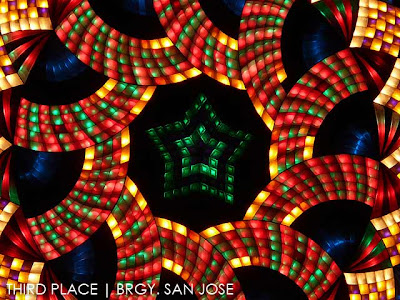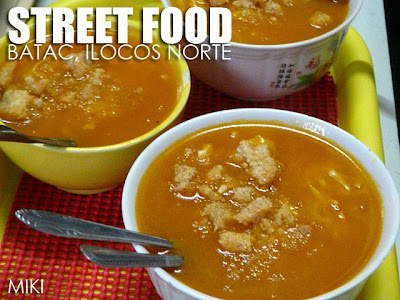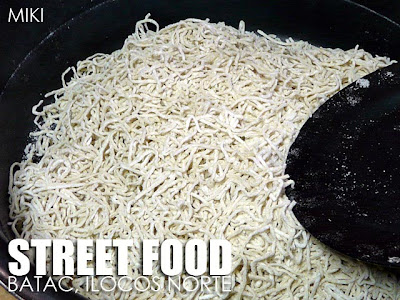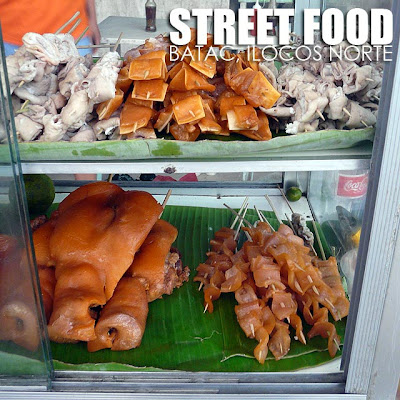
 Masayang Pasko ampong Masaplalang Bayung Banua kekayu ngan! Like every year, I attended the annual Giant Lantern Festival of the City of San Fernando, Pampanga. And every year, the lanterns never fail to amaze me. Congratulations to Dolores, Telabastagan and San Jose for winning this year's competition!
Masayang Pasko ampong Masaplalang Bayung Banua kekayu ngan! Like every year, I attended the annual Giant Lantern Festival of the City of San Fernando, Pampanga. And every year, the lanterns never fail to amaze me. Congratulations to Dolores, Telabastagan and San Jose for winning this year's competition!
 I've written a lot on the Giant Lantern Festival here so if you want to learn more about the festival, see the previous entries. You can still catch the giant lanterns in the next few days. They'll be on display in Robinson's Starmills Pampanga beginning tomorrow.
I've written a lot on the Giant Lantern Festival here so if you want to learn more about the festival, see the previous entries. You can still catch the giant lanterns in the next few days. They'll be on display in Robinson's Starmills Pampanga beginning tomorrow.Related entries
Giant Lantern Festival 2005
Giant Lantern Festival 2006
Giant Lantern Festival 2007
Here are Christmas greetings from all over the country:
Aklanon - Malipayon nga Paskwa ag Mahigugmaon nga Bag-ong Dag-on!
Asi - Maadong Santos Paskwa ag Masadyang Bag-ong Tuig!
Ata - Maroyan na Pasko woy Kaopia-an ng Bag-ong Tuig kaniyo't langon mga sulod
Bikol - Maogmang Capascuhan asin Mamura-way na Ba-gong Taon sa indo gabos!
Blaan - Pye duh di kaut Kristo klu munt ug Felemi Fali!
Binubolinao - Marigan Nabidad
Boholano - Malipajong Pasko
Cebuano - Maayong Pasko ug Bulahang Bag-ong Tuig!
Chavacano - Felices Pascuas y Prospero Año Nuevo con todos!
Dibabawon - Marayaw na Pasko aw Bag-ong Tuig kaniyo tibo na mga soon!
Gaddang - Mangamgam Bawa a dawun sikua diaw amin
Hiligaynon - Malipayon nga Paskua kag Malipayon Nga Bag-ong tuig!
Hungduan - Maphon au nitungawan. Apo Dios Kituwen baron di toon
Ibanag - Mapalupaguiya nga Pascua
Ibaloi - Eshadsak ja Paskua! Eshadsak ja Badon Tawen!
Ifugao - Malinggop an Baro an Tawon
Ilocano - Naimbag a Pascua ken Naragsac nga Baro nga Tawen!
Kankanaey - Gawis ay Paskua ya Nalagsak ay Balo ay Tu-en!
Kapampangan - Masayang Pascu ampong Masaplalang Bayung Banua kekayu ngan!
Mandobo - Mepiya Pagasaulog sa pagka-otawni Jesus aw maontong kaling Omay!
Mangyan Buhid - Fiya Pagpasko
Mangyan Hanunuo - Mayad paq Pasko
Mansaka - Madyaw na Pasko aw malipayong Bag-ong Tuig kamayo, mga lumon!
Masbatenyo - Malipayon nga Paskwa
Onhan - Mayad nga Paskwa kag Masadya nga Bag-ong Tuig!
Pangasinan - Maabig ya Pasko! Maliket ya Balon Taon!
Romblomanon - Malipayon nga Paskwa kag Masadya na Bag-ong Tuig!
Sambal - Maligayang Pasko at Masayang Ba-yon Taon!
Subanen - Piak Pasko pu Piag Bago Tawn!
Surigaonon - Malipayon na Pasko sanan Bag-on Tuig!
Tagakaolo - Madyaw Pagsalog sa Pagka-otaw ni Jesus
Tagalog - Maligayang Pasko at Manigong Bagong Taon!
Tala-andig - Maayad ha Pasko daw Bag-ong Tuig!
Waray-waray - Maupay nga Pasko ngan Mainuswagon nga Bag-o nga Tuig!
...wishing for a united Filipino nation this Christmas!


















